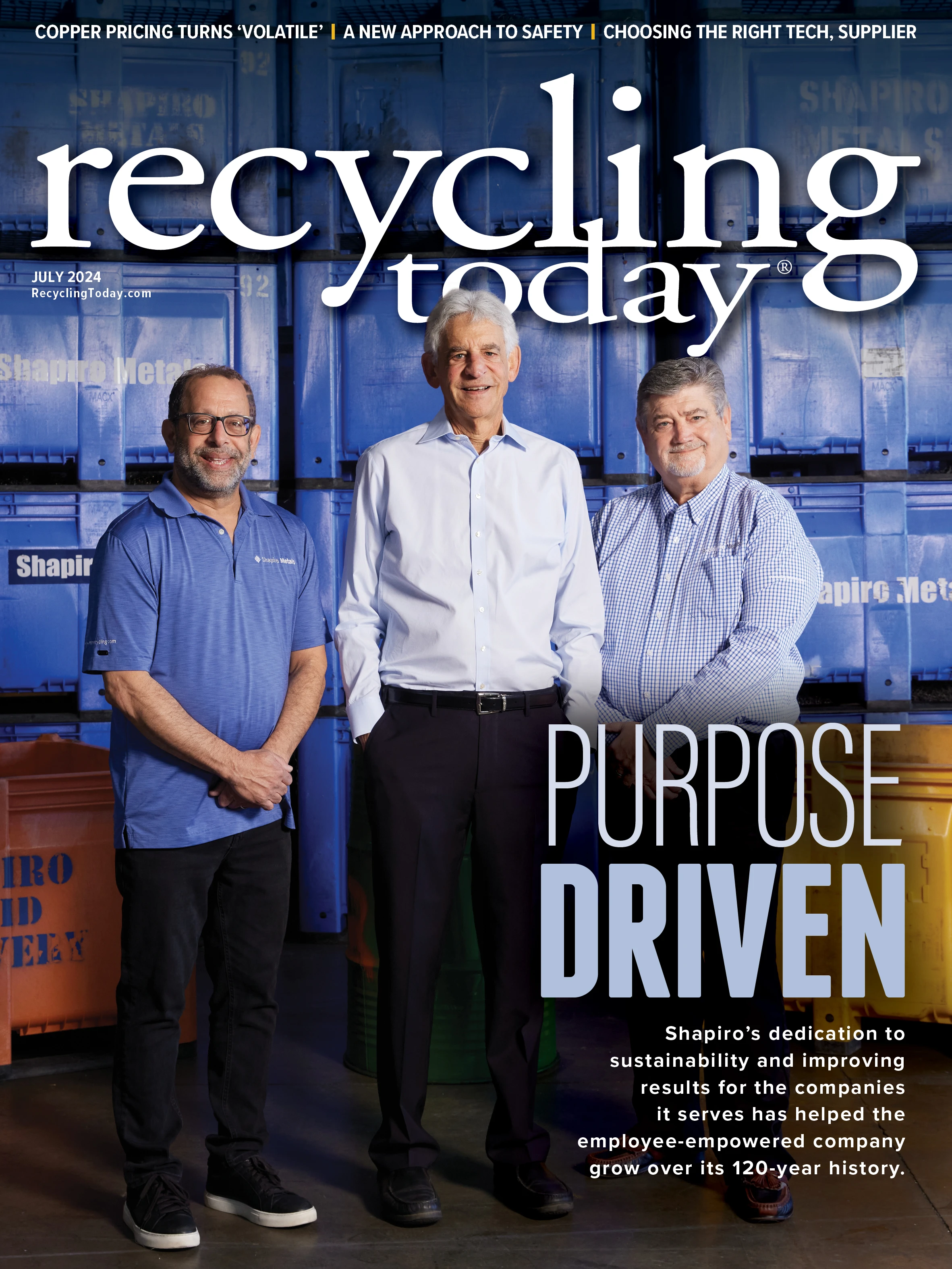
1. What should I look for when purchasing a baler?

Excel
Sales Manager
Make sure the baler is designed to handle the types and volumes of commodities you are processing. Does the manufacturer have a good track record for service and support? Does the equipment have a reputation for reliability? Look for the level of automation that will pay for itself in labor savings. Typically, one truckload of bales per month justifies upgrading from a vertical baler to a horizontal baler, and approximately five truckloads per month justifies an automatic tie baler.
2. Why is build quality in a baler important?
Balers typically are under a great deal of strain, and high-pressure hydraulics, shearing and dirt or debris will test their build quality over time. Purchasing a lower-budget baler inevitably will increase the cost of ownership with higher maintenance costs, increased downtime and lower resale value. Failure of a major hydraulic component such as a main cylinder instantly will erase any savings in the initial purchase cost of the equipment.
3. How maintenance friendly is the baler?
What is the process for replacing wear liners? High-production balers should provide bolted floor liners to minimize downtime during relines. Does the main cylinder need to be removed to access liners? Look for bolted frame construction that will reduce downtime when performing relines. How accessible is the back of the platen for removing debris? Look for balers that have easy access to allow easy cleaning and provide reliable performance.
4. What parts inventory do manufacturers carry and do they offer remote connectivity?
Manufacturers should carry an extensive inventory of replacement parts, which may require a visit to the manufacturing facility. Look for a manufacturer that provides access to their baler program remotely to make program adjustments and provide troubleshooting. You also should look for easy-to-identify inputs/outputs on the baler controls
5. Does the baler include a comprehensive owner’s manual?
The baler manual should be complete with safety information, detailed operating information, detailed maintenance information and a complete list of parts with corresponding parts schematics. Lack of detail on replacement parts will make communication with the manufacturer difficult. Detailed parts information will save time and frustration when ordering parts.

Explore the July 2024 Issue
Check out more from this issue and find your next story to read.
Latest from Recycling Today
- APR, RecyClass release partnership progress report
- Clearpoint Recycling, Enviroo sign PET supply contract
- Invista expanding ISCC Plus certification program
- Redwood partnership targets recycling of medium-format batteries
- Enfinite forms Hazardous & Specialty Waste Management Council
- Combined DRS, EPR legislation introduced in Rhode Island
- Eureka Recycling starts up newly upgraded MRF
- Reconomy Close the Gap campaign highlights need for circularity





